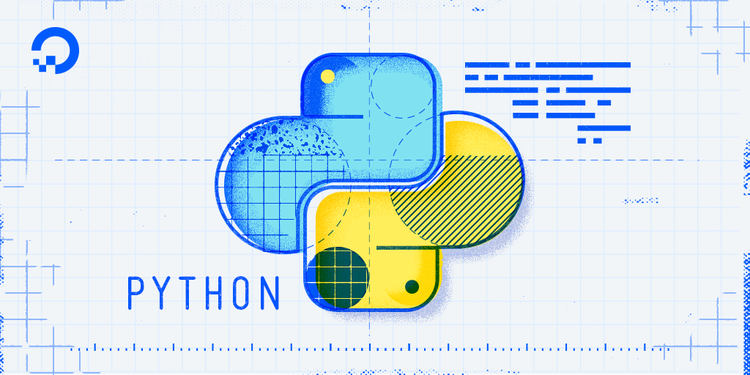datastruct-tut
Stacks
TOC
Introduction to Stacks
Stacks are a data structure which can be thought of as a stack of pancakes. When cooking them we add them to a physical stack of pancakes on a plate. We always add pancakes to the top of our stack, and we always remove pancakes from the top. To do anything else will involve shuffling a lot of pancakes and wouldn’t be very efficient. With stacks when we add a pancake, or data item we call this pushing. When we remove a pancake or data item this is called popping. In python a stack can be represented using a dynamic array.
In python using a dynamic array to implement a stack data structure is efficient because both the pop and push operations are O(1) performance operations.
# creating an empty list.
stack = []
# push operation
#
# adds the data value 1 to the end of the list
# or top of the stack.
stack.append(1)
# pop operation
#
# removes whatever is at the end of the list
# or top of the stack and assigns it to a variable.
item = stack.pop()
# Common use cases
Some very common uses cases where a stack would be used is to evaluate expressions or parse syntax. Anytime you need to backtrack or undo operations a stack can be useful (like operations in a word editor, or solving a maze when you need to backtrace your steps after running into a dead-end).
# Example
One thing stacks are very good at, is reversing things. If I wanted to quickly and efficiently reverse a string I could use a stack like the example reverse() function below. This is fairly straight forward, by simply adding items to the stack and then removing them, they are reversed.
The reverse() function will have a performance of O(n).
def reverse(string):
# create an empty list to use as a stack
stack = []
# loop over the string, adding each character to the stack
for char in string:
# This is a push operation
stack.append(char)
# loop until the stack is exhausted, popping off each
# item and printing it
while len(stack) > 0:
# This is a pop operation, remember this actually
# removes items off of the stack, so our stack is decreasing
# in length each iteration.
print(stack.pop())
Anti-Example
An instance where a stack would be a bad choice is if you needed to regularly remove items from the front of the stack, or even the middle. For example you were trying to perform operations on a First in First out basis, like a line for a grocery store. Every time you take an item from the front of the stack, due to the way dynamic arrays work all items have to be shuffled forward and would take O(n) time. There’s another data structure we will discuss that would be handy for this situation.
Coding Challenge
Create a function called matchParens() that accepts a string, scans it for opening and closing parens and will return true if all opening parens are closed, and there are no unmatched parens. There is some code with tests to get you started.
BONUS - Match brackets, parens, and curly braces.
def matchParens(string):
# Create an empty stack
stack = []
# replace with your code
pass
# Tests - Not exhaustive.
strings = (
"This has (matched) parens!",
"This doesn't (have matched parens",
"Neither) does this"
# add more test strings if you want here (I'd advise it)
)
for string in strings:
print(matchParens(string))
# Expected output:
# True
# False
# False
If you get stuck there is a completed version here
